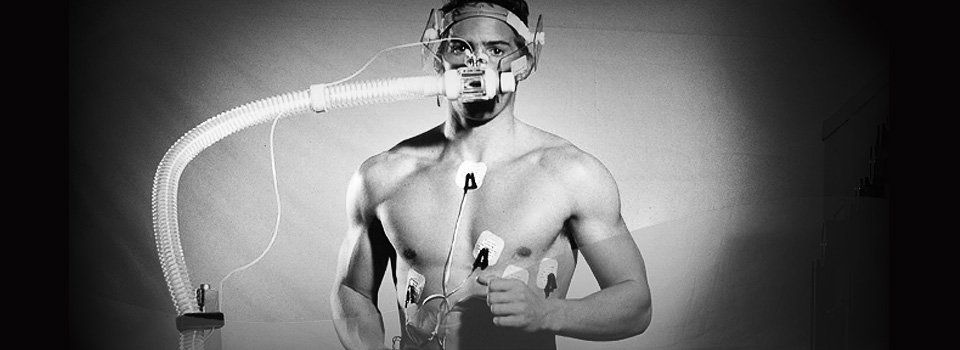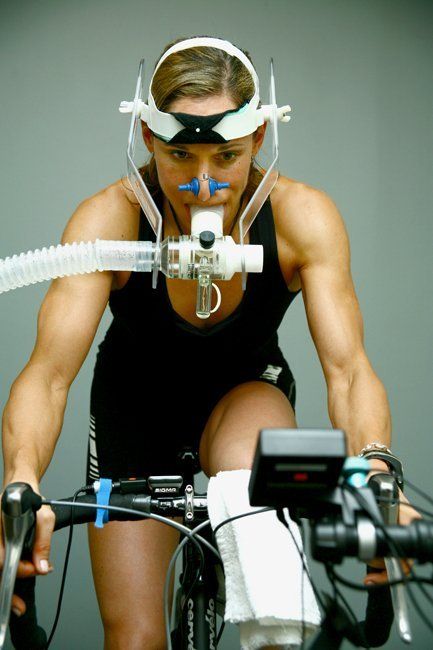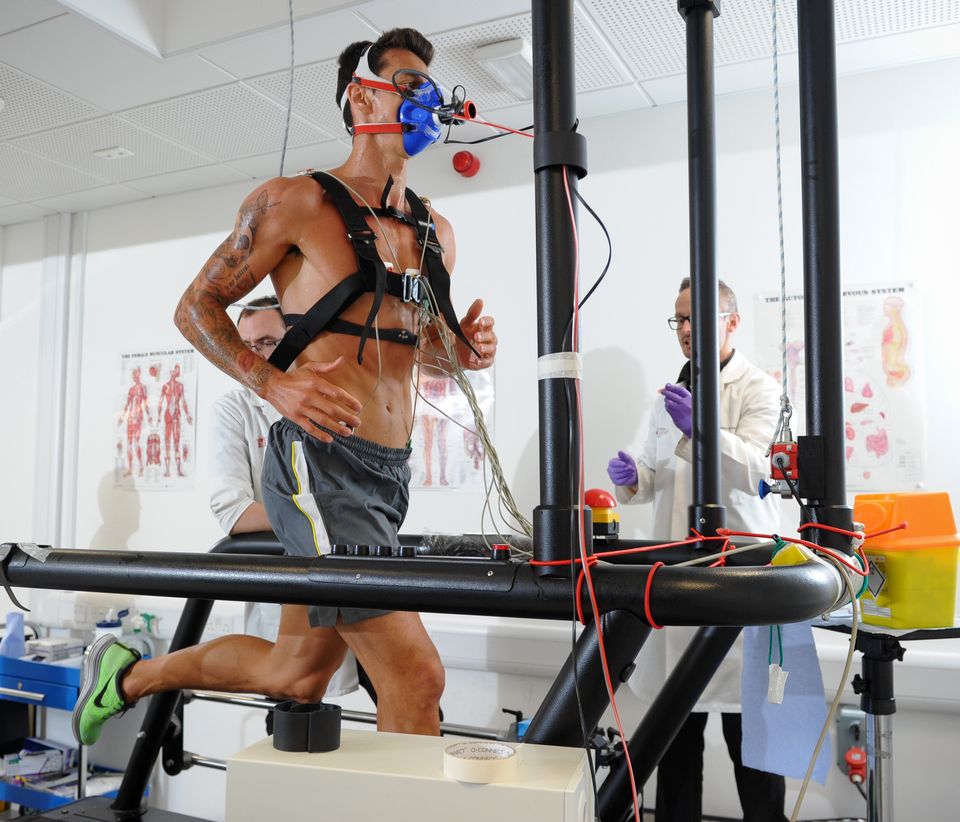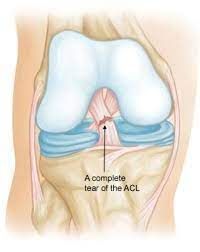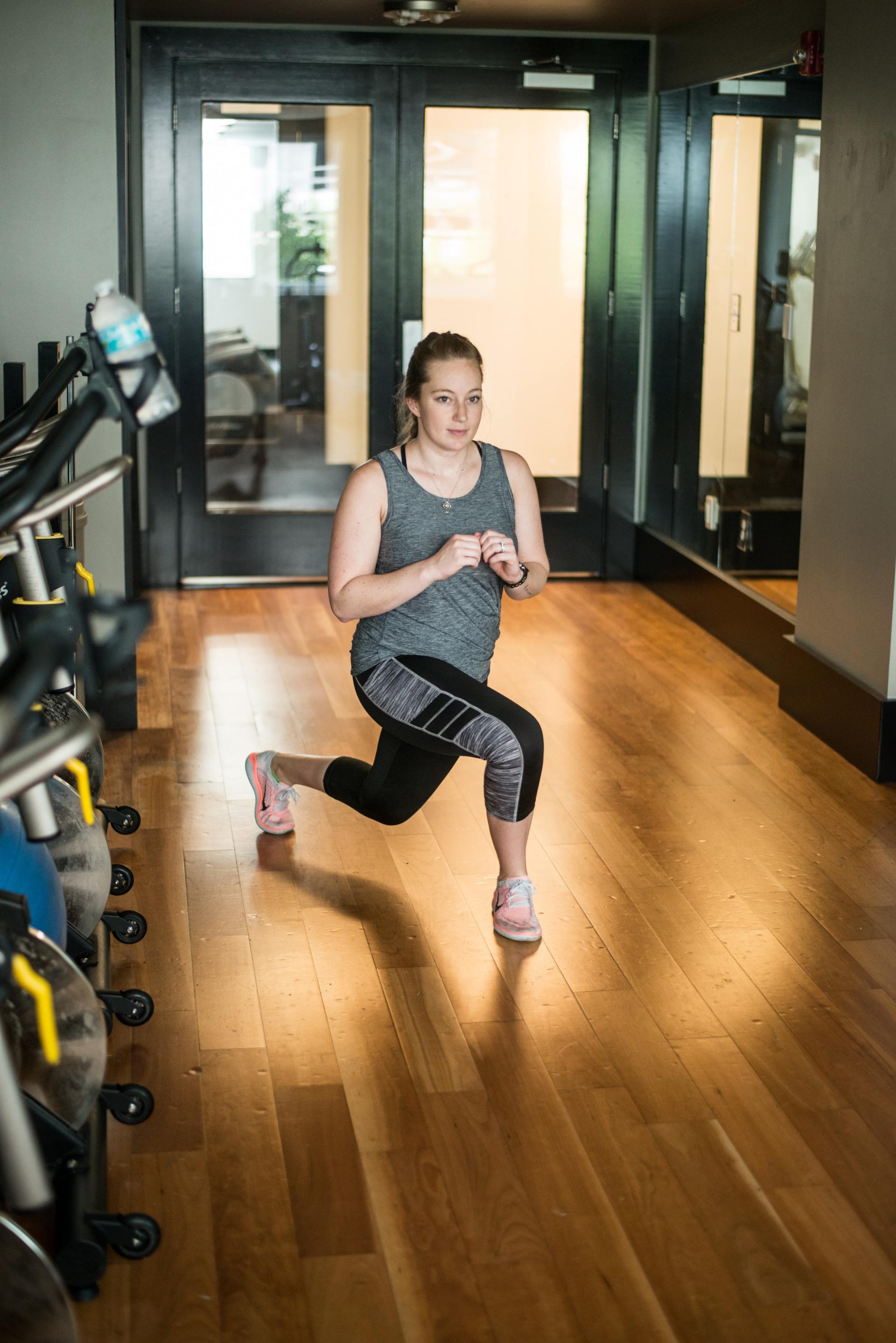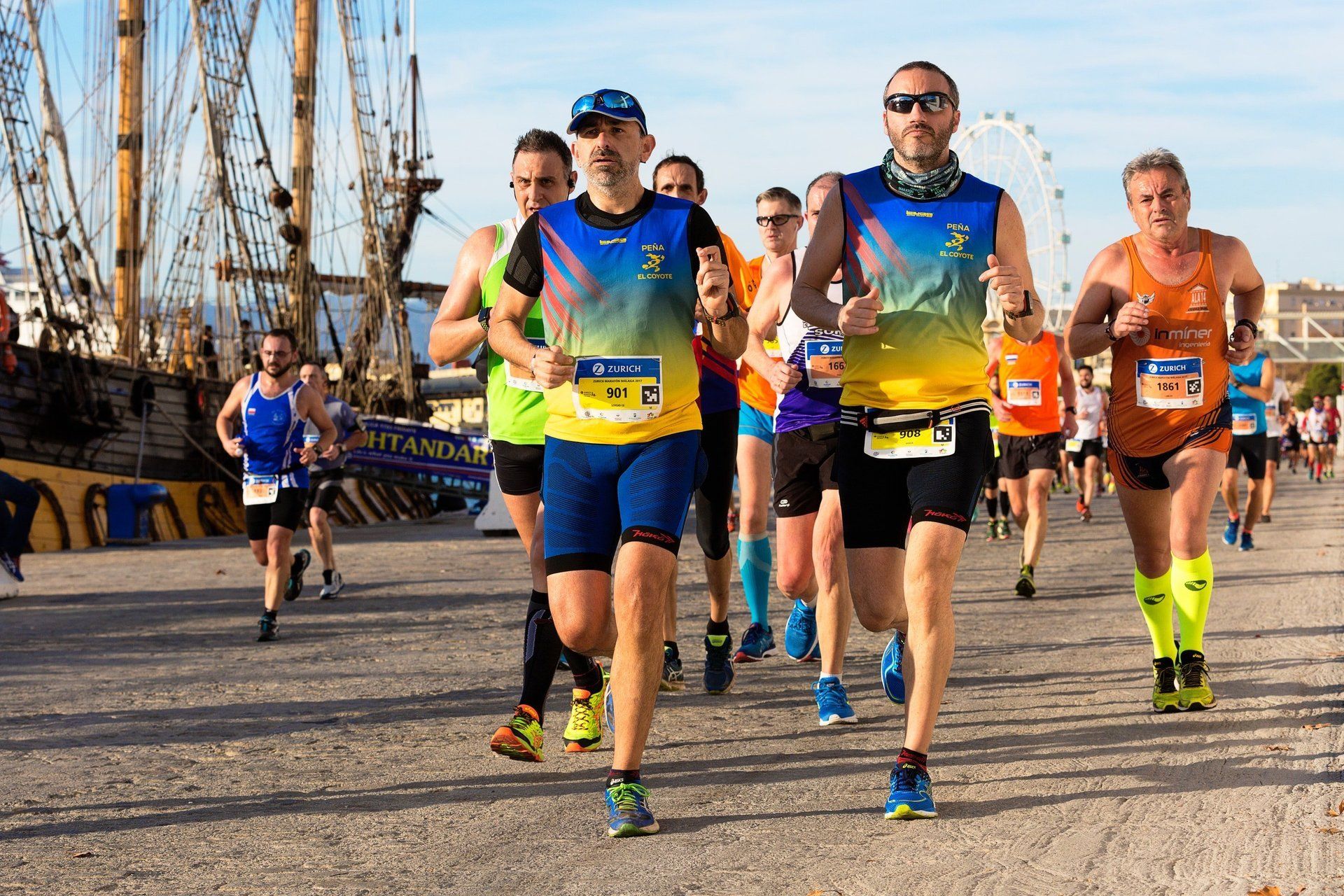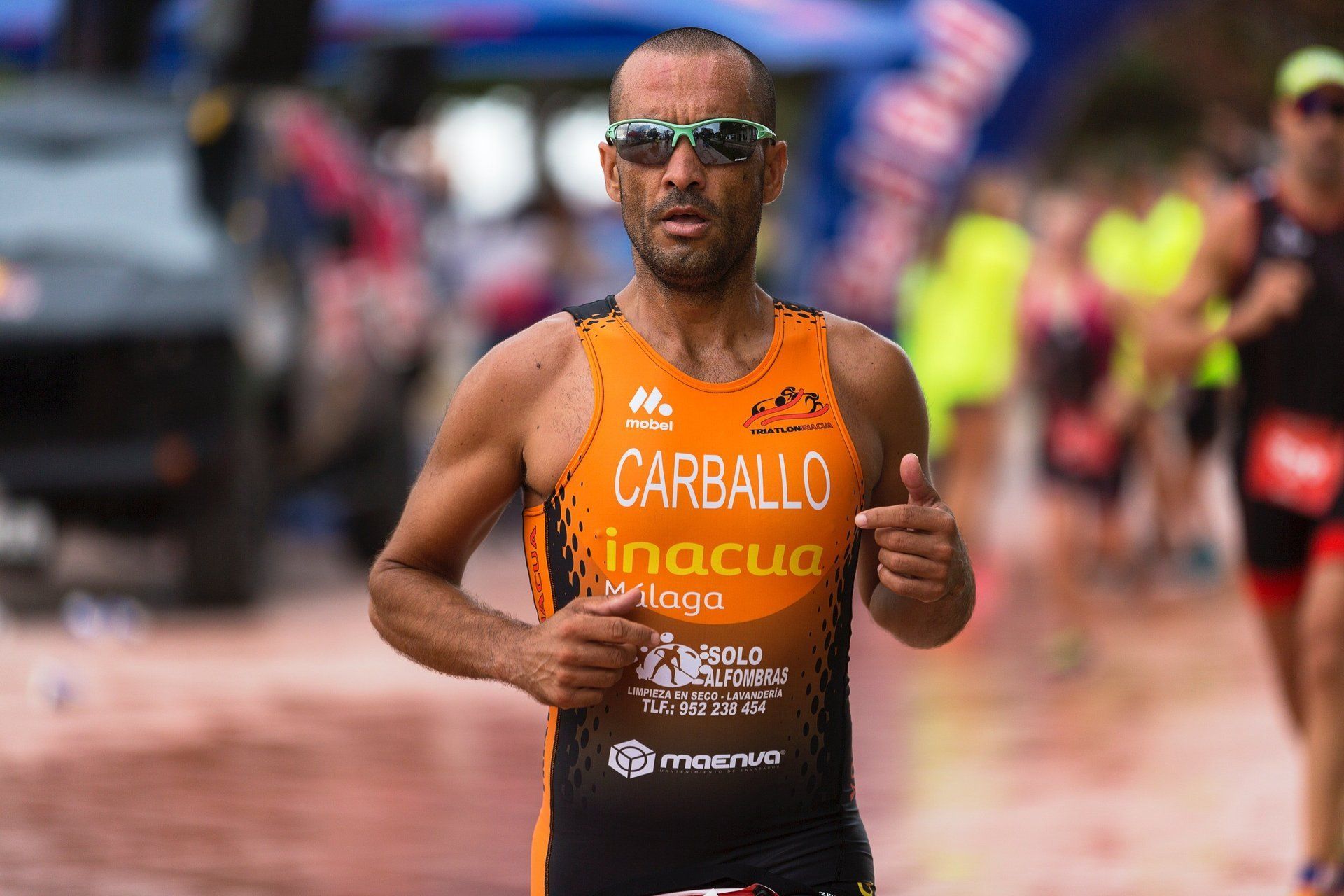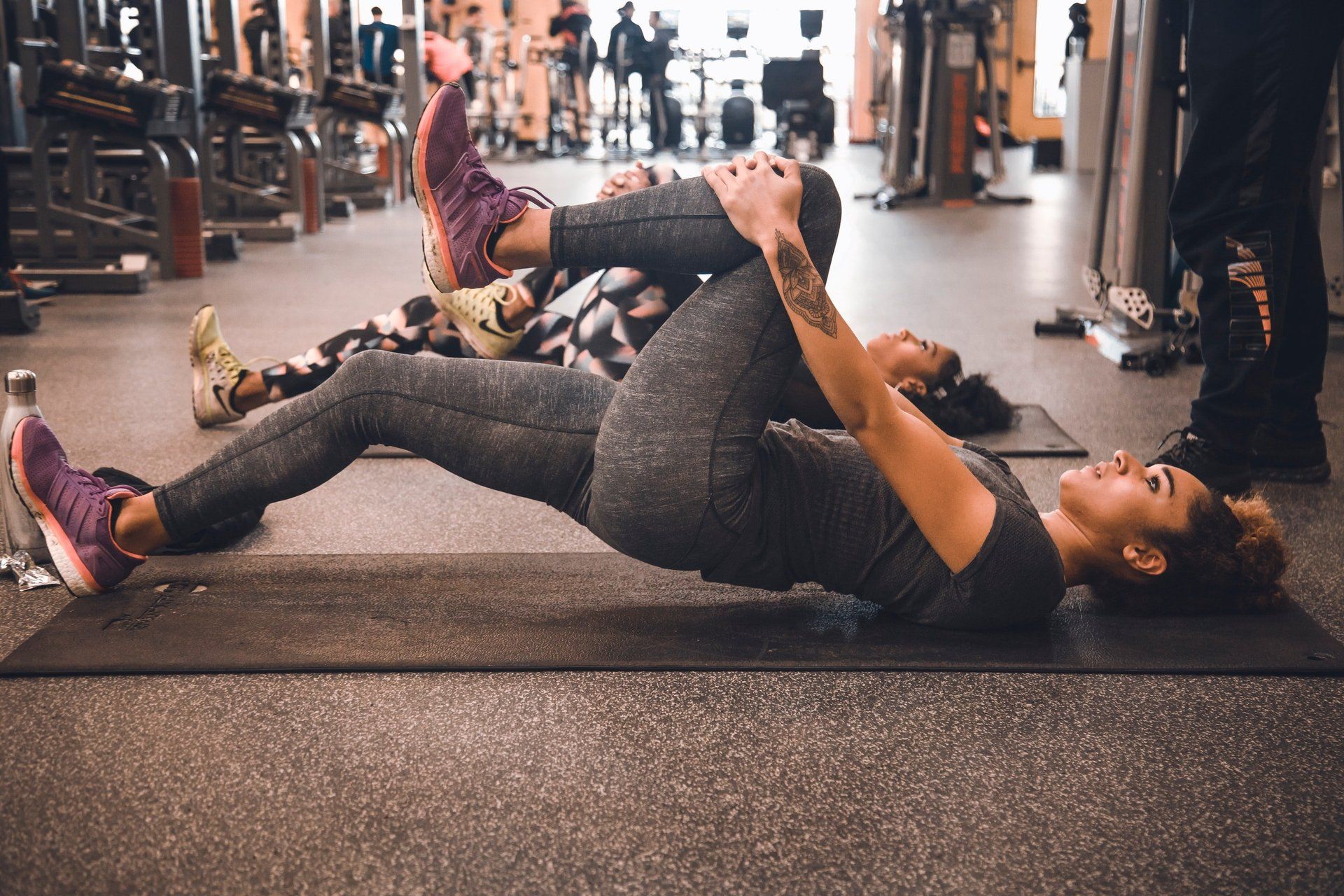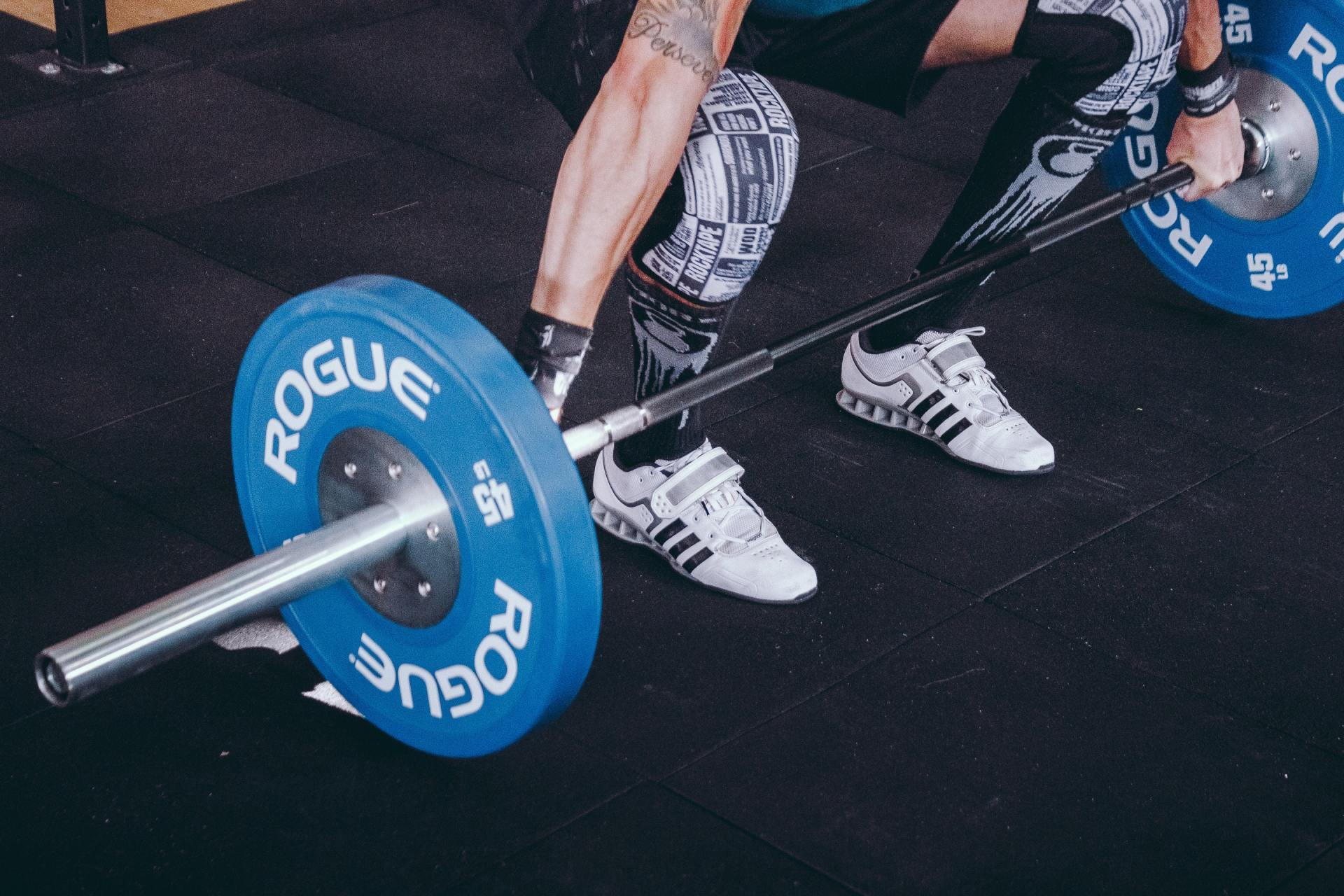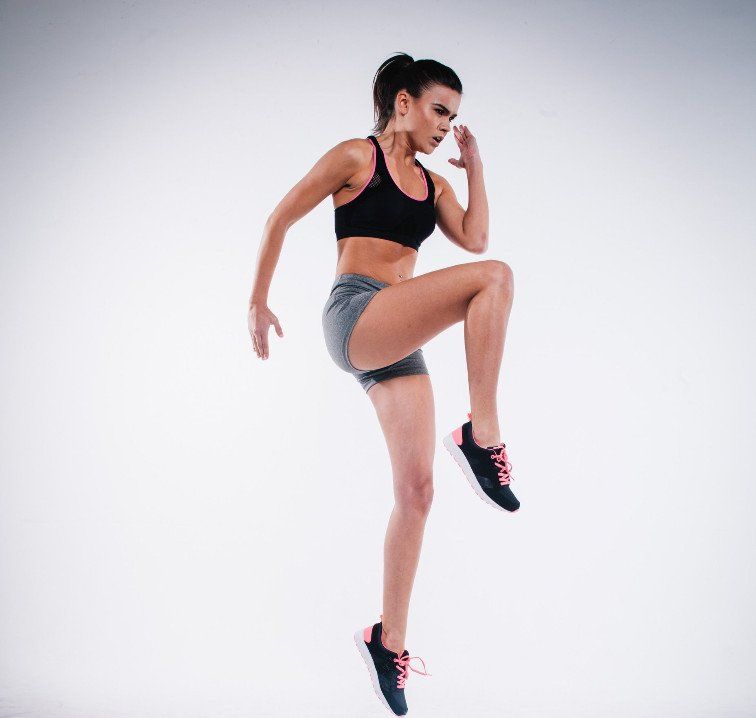VO2 What?
In the world of endurance VO2 is king
In the world of endurance, it seems that you cannot discuss fitness without discussing VO2 max. Ask any endurance athlete about it, and you will hear epic stories with names like Indurain, and LeMond. Many of you, however, may find yourselves wondering what exactly VO2 max is and why is it so important. To better understand this concept; let’s take a little trip back to school, specifically back to physiology class. According to the Essentials of Strength Training and Conditioning textbook, VO2 max is the maximum amount of oxygen in millilitres one can use in one minute per kilogram of body weight (ml/kg/min). In other words, maximal oxygen uptake (VO2 max) is the greatest amount of oxygen that can be used at the cellular level for the entire body. VO2 max has been found to correlate well with an individual’s degree of physical conditioning and has been accepted as an index of total body fitness. Numerous studies show that one can increase his/her VO2 max by working out at an intensity that raises the heart rate to between 65 and 85 percent of its maximum, for at least 20 minutes, three to five times per week. The estimated mean value of VO2 max for male athletes is about 3.5 liters/minute and for female athletes is about 2.7 liters/minute.
Now that we know what VO2 is, we can now answer the question, “Why is it so important?” For the endurance athlete, VO2 has long been considered the Holy Grail of fitness. The common rationale is the better one can utilize oxygen, the higher the level one can perform in endurance events. Is this, however, really the case?
Although VO2 max is an important component of any endurance program, I have both good and bad news for those of us who have may not have chosen the right parents! The bad news is that according to Exercise Physiologist Neal Henderson, Coordinator of Sport Science at the Boulder Center for Sports Medicine in Colorado, VO2 is approximately 80 percent genetic. Other estimates put this number anywhere between 30 to 60 percent. Whatever the number is, one thing is certain; there is a genetic ceiling for VO2. The good news is that VO2 is trainable. Unfortunately, if Neal Henderson’s 80 percent estimate is correct, and your VO2 is, for example, at 45ml/kg-/min (average), your best may only be 52 ml/kg-/min after a 20 percent gain (52 ml/kg-/min is considered to be good or just above average).To put this into perspective, cross country skier Bjorn Daehlie measured at an astounding 96 ml/kg/min. The highest VO2 max ever recorded in a lab was 300 ml/kg/min! This, of course, did not belong to a human but rather a pronghorn antelope. How they got the antelope to run on the treadmill I’ll never know, but I promise I’m not making this up. Thoroughbred horses have a VO2 max of around 180 ml/kg/min, and Siberian dogs running in the Iditarod Trail Sled Dog Race sled race have VO2 values as high as 240 ml/kg/min. To add even more perspective, Olympic marathon winners and elite runners like Jeff Galloway, Alberto Salazar and Frank Shorter check in among the low to mid 70s.
The good news is, like the previously mentioned runners, although you may be at your genetic potential, there are many factors besides VO2 max that can also influence your success in endurance performance. Improving efficiency and economy of movement as well as raising your anaerobic threshold (AT) can lead to performance enhancements in the absence of increases in VO2. These three components can all be addressed through a functional strength training program. Now let’s take a closer look at each of these components.
Continuing on in our
physiology lesson, now would be a good time to talk about lactate threshold
(LT) and its relationship to VO2. Dr. Stephen Seiler of Masters Athlete Physiology
and Performance says, “For the endurance athlete, a high VO2 max is like having
an invitation to the big dance but having an invitation to the dance does not
ensure you will dance with the prettiest girl.” If you want to dance with that
girl, you are going to have to work on your LT! (And you thought it was big
guns and washboard abs that attracted the girls.) LT, as pointed out in one of
my previous articles (see Lactic Acid; The Good, The Bad, and The Ugly), is the
point where the body produces more lactic acid than it can clear. Training LT
will result in a decrease in lactate production at any given exercise
intensity. Untrained individuals usually reach the LT at about 60 percent of
VO2 max. This means that even if my VO2 is 70 ml/kg/min, which is an elite
level, I can only use 60 percent of it, or 42 ml/kg/min (average), before my LT
shuts me down. With training, however, LT can increase from 60 percent to above
70 percent or even higher. Elite endurance athletes typically have an LT at or
above 80 percent of VO2 max. Although most endurance athletes usually train LT
in the pool, on the bike or during the run, we have several protocols in the
gym designed specifically to improve LT. Furthermore, because specificity of
movement is very important when training LT, these protocols address both the
lower and upper body (see Table 1 below).
Super Legs
| Exercise |
Repetitions |
Notes |
| Speed Squats |
20 |
20 reps in less than 20 seconds to parallel |
| Lunges |
20 (10 per side) |
Alternate legs, knee just off ground |
| Box shuffle/split jump |
20 (10 per side) |
Use 9” box |
| Squat jumps |
10 |
Squat to parallel and no rest between jumps |
Complete entire circuit without resting in less than 1:30
Last but not least, we can now tackle
efficiency and economy of movement. The difference between efficiency and
economy in an exercise setting is that, for a given energy consumption, economy
is measured as movement velocity, while efficiency is measured as mechanical
power output. What does all that mean? It means that efficiency and economy can
be just as important as VO2 or LT. To better understand this concept, just
think of the last time you were out for a group ride. Was it easier to pull at
the front or sit in? Sit in, of course! Why is that? Because sitting in allows
for more efficient movement and less exertion, which in turn will allow you to
be more economical. Think of every joint in a given movement as an opportunity
to leak power. The more joints involved in a movement, the more opportunity
there is to leak power. The more stable the joint, the less power that leaks.
The less power that leaks, the more efficiency in a given activity.
So how do these concepts apply to strength training? Frequently, I am asked to watch someone run on the treadmill and look at his gait. Instead, I ask him to perform 10 anterior reaches on a single leg. If this is difficult, that tells me his hips are not as stable as they could be, and his gait could not possibly be as good as it should be. The same goes for the shoulder joint. If you cannot manage a set of t-stabilization push ups with good form, then your swim stroke is not as efficient and economical as it could be.
Now for all of you skeptics out there, all
I ask is for you to just try it out. Perhaps before you go to test your VO2 (no
fun, by any means), you might first try taking a look at your anterior reaches
or t-stab push ups. These alternatives I have presented are not meant to point
out your shortcomings or embarrass you but rather to empower you. Rather than
whining about genetics (though I still do), try testing your limits in some of
the ways mentioned earlier. I assure you that you will find what my most
successful clients have found, that through a comprehensive functional strength
training
program, economy, efficiency and lactate threshold can be improved,
making maximal VO2 less important.
Some famous and not so famous athletes and their corresponding VO2 numbers:
| Greg LeMond |
Professional Cyclist |
92.5 |
| Matt Carpenter |
Pikes Peak Marathon Course Record Holder |
92.0 |
| Harri Kirvesniem |
Finnish Cross Country Skier |
91.0 |
| Miguel Indurain |
Professional Cyclist |
88.0 |
| Kip Keino |
Olympic 1500 Champion |
82.0 |
| Sebastian Coe |
WR mile, 1500 |
77.0 |
| Bruce Fordyce |
Ultramarathoner |
73.3 |
| Jeff Galloway |
Running Expert |
73.0 |
| Ingrid Kristiansen |
ex-Marathon World Record Holder |
71.2 |
| Rosa Mota |
Marathoner |
67.2 |
References:
- Baechle, Thomas and Earle, Roger. "Essentials of Strength Training and Conditioning." Human Kinetics Publishers; 2 edition (August 2000)
Richard Watson
Sports Therapist


